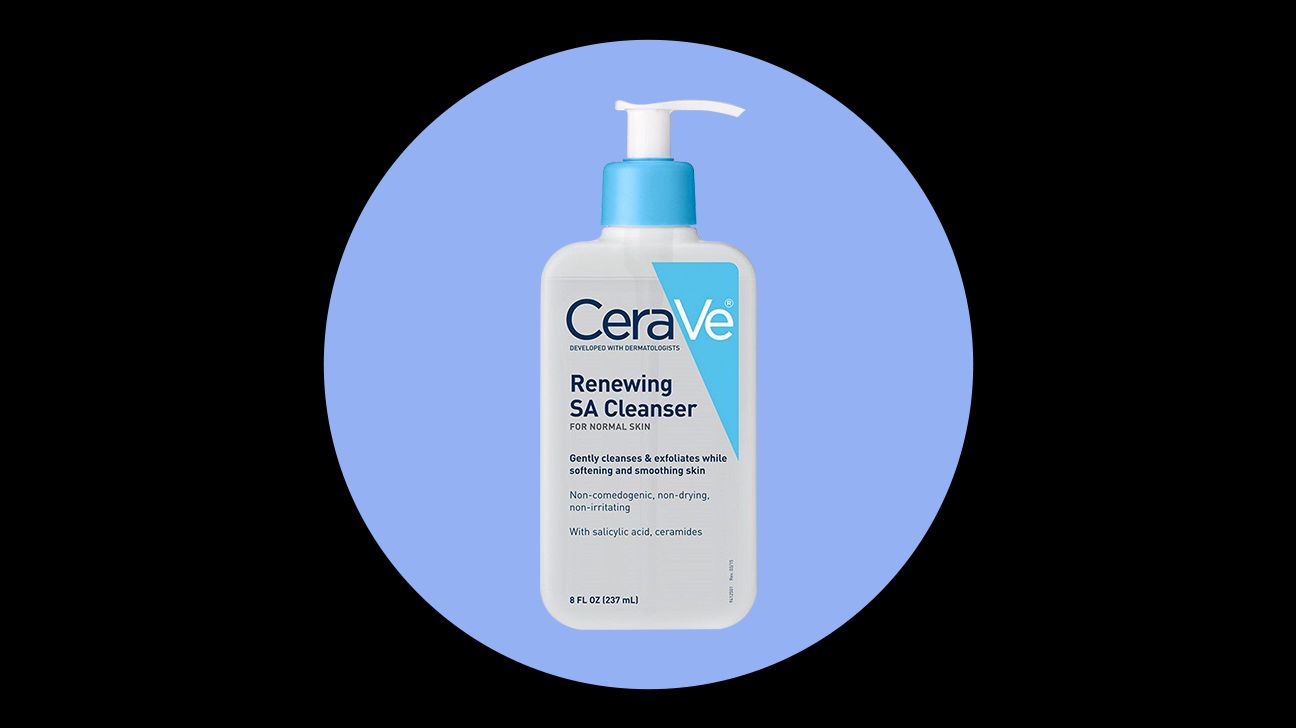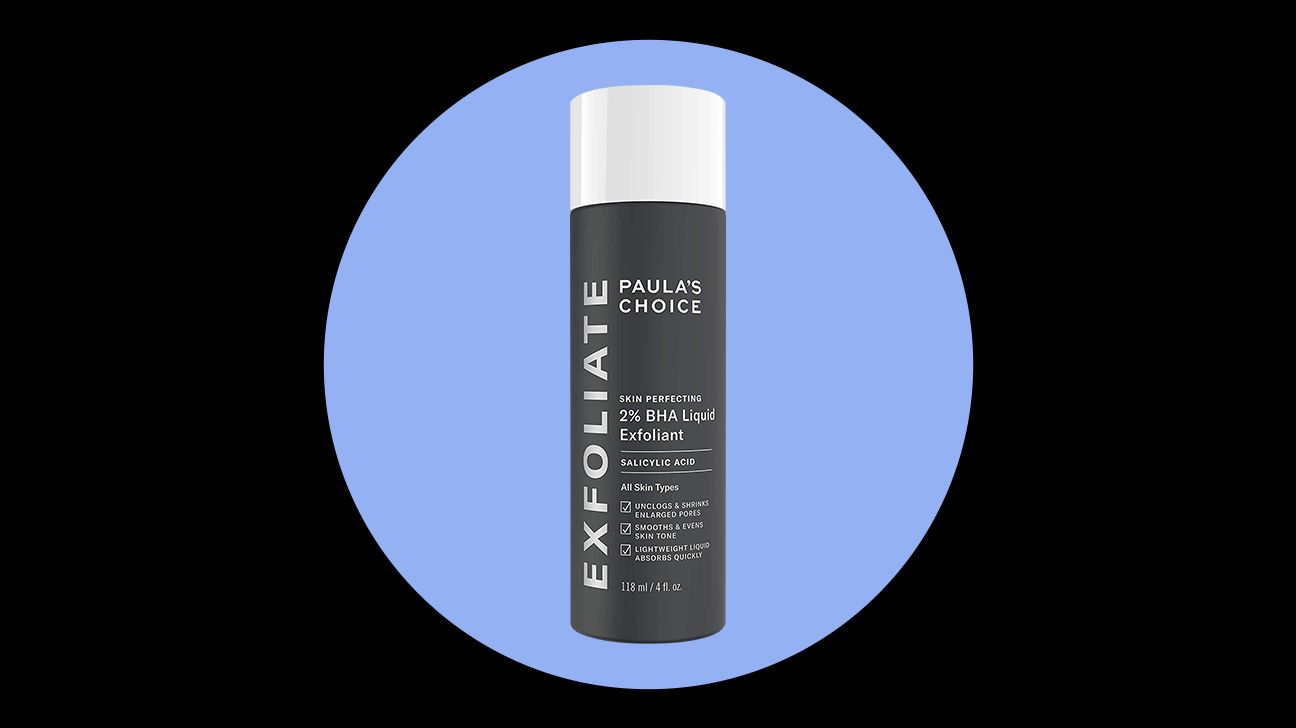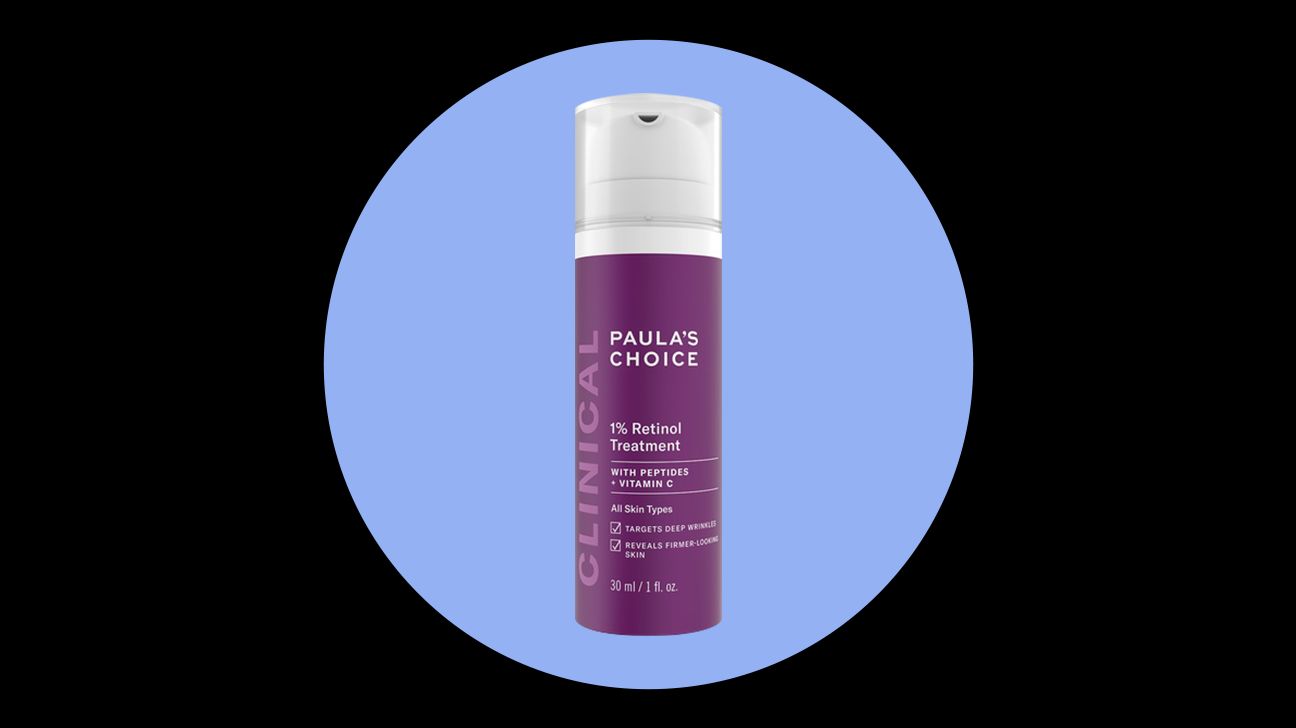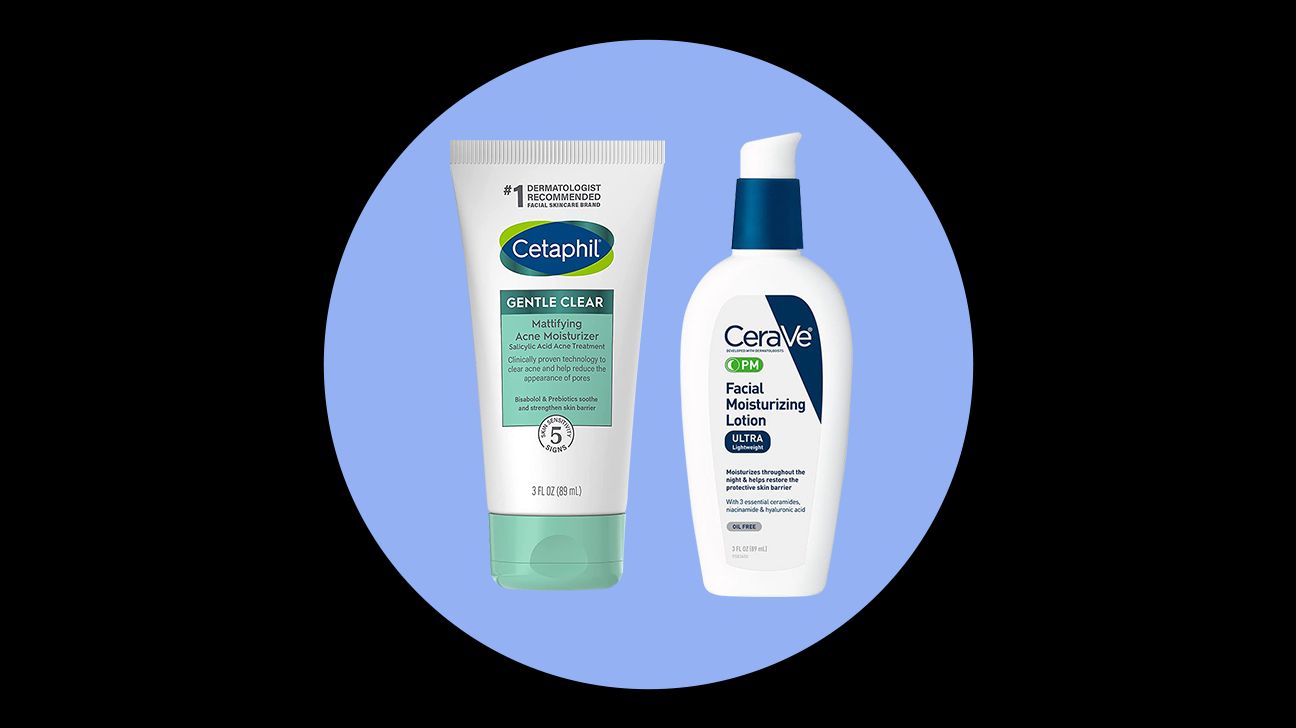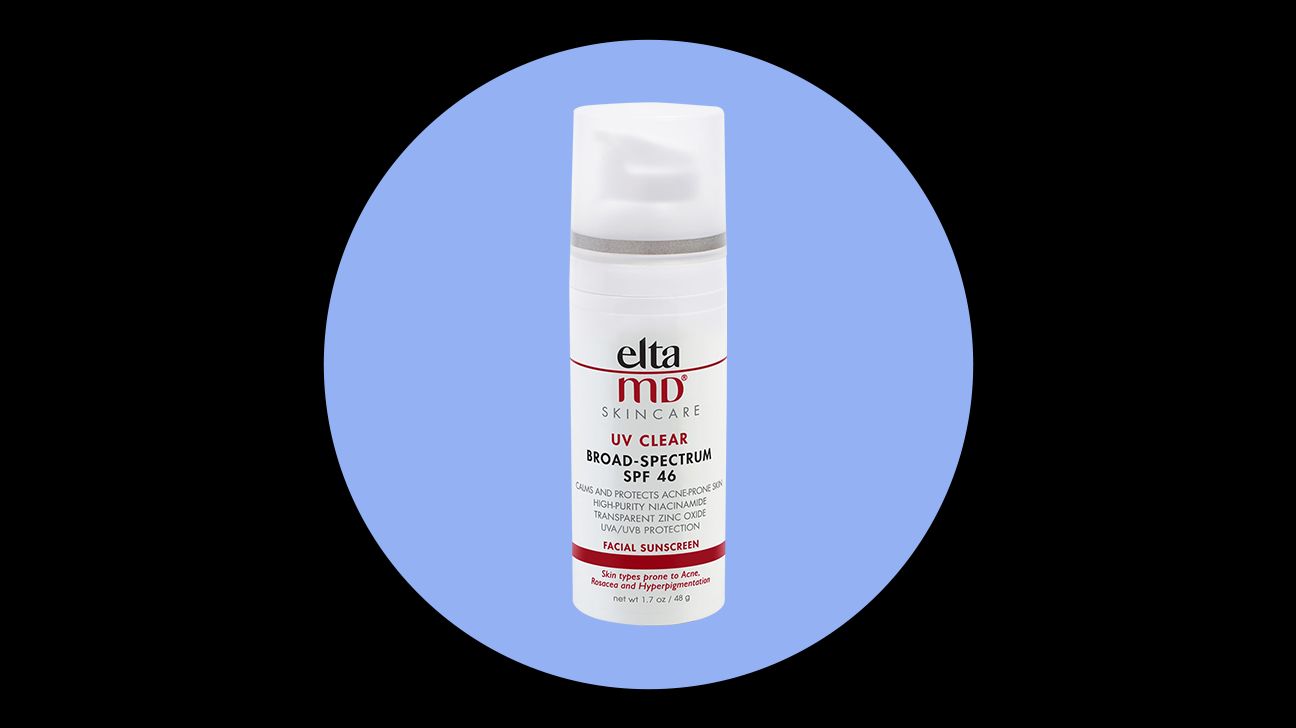We include products we think are useful for our readers. If you buy through links on this page, we may earn a small commission. Here’s our process.
Greatist only shows you brands and products that we stand behind.
Our team thoroughly researches and evaluates the recommendations we make on our site. To establish that the product manufacturers addressed safety and efficacy standards, we:- Evaluate ingredients and composition: Do they have the potential to cause harm?
- Fact-check all health claims: Do they align with the current body of scientific evidence?
- Assess the brand: Does it operate with integrity and adhere to industry best practices?
Oily skin is a common skin concern that can give you that glow without the “up.” But the right skin care routine can help keep the grease at bay and prevent zits and blackheads.
We talked to social media superstar and dermatologist Dr. Muneeb Shah, DO (aka @dermdoctor on TikTok or @doctorly on Instagram) to bring you a skin care routine that’ll show oily skin who’s boss.
Best skin care routine for oily skin
- Cleanse day and night
- Exfoliate 2x a week at night
- Treat skin with actives at night
- Moisturize day and night
- Apply SPF every day
Just make sure you do a patch test before you try out any new product!
According to Shah, “having oily skin can be healthy!” The secret is working with your skin type.
1. Cleanse
Rule No. 1: Wash your face in the morning and at night. Cleanse before bed to clear the gunk your skin collects during the day. And even if your skin still feels fresh AF, you should always wash your face in the morning.
When you sleep, your skin sheds skin cells and produces oils. This can trigger a breakout and make your skin look extra shiny.
Use a cleanser that was designed with oily skin in mind. Shah likes a gentle salicylic acid cleanser like CeraVe SA Cleanser to help remove sebum (aka oil) from pores.
Pro tip: Wash your pillowcase on the reg to remove sweat, oils, and debris.
Psst. Here are our picks for the best face wash for acne and best face wash for men.
2. Exfoliate
Exfoliating is a dope way to remove oil, debris, and dead skin cells that clog your pores. Shah recommends a chemical exfoliator like fan fave Paula’s Choice 2% BHA Liquid Exfoliant.
Chemical exfoliants slough off dead skin cells with active ingredients like alpha hydroxy acid (AHA) and beta hydroxy acid (BHA). AHAs that are better for oily skin include glycolic acid. And oily-friendly BHAs include that go-to salicylic acid.
Just make sure you don’t overdo it and stick to exfoliating twice a week at the most. Overexfoliating can lead to dry, red, or irritated skin. And since some ingredients make you more prone to sunburn, plan to exfoliate at night.
Psst. Here are our picks for the best face exfoliators and chemical peels.
3. Apply treatment
Shah recommends using a retinol product like Paula’s Choice 1% Retinol.
Retinol is great for reducing the look of wrinkles and can also smooth out your skin texture thanks to its cell turnover effect. As a bonus, retinol can help treat acne and make your pores look smaller.
Generally, products that have active ingredients (like acids or Retinol) can cause irritation if you use them too much. So use once a day max (and sometimes less). Nighttime is usually better since these actives often make your skin sensitive to sunlight.
Since pimples are also a common prob for folks with oily skin, you may want to use an acne treatment instead. Products with sulfur, salicylic acid, or benzoyl peroxide can help send pimples packing.
Chat with your dermatologist about what’s best for your #SkinGoals. You may also want to consider other OTC treatments or a stronger prescription treatment depending on your unique skin sitch.
Psst. Here are our picks for the best serums for oily skin, acne treatments, and toners.
4. Moisturize
You might think adding more moisture to oily skin is counterproductive. But IRL, it’s a super important step to your oily skin care routine.
Shah’s picks include the Cetaphil Mattifying Acne Moisturizer and the CeraVe PM moisturizer.
“Gel moisturizers are often preferred by people with oily skin,” Shah says. He also notes that a moisturizer with niacinamide can help regulate oil production.
Generally, moisturizers that are meant for acne-prone skin are safe to use on oily skin. Just be sure that your lotion, gel, or cream is:
- oil-free
- lightweight
- water-based
- free from harsh chemicals or fragrances
- noncomedogenic
Psst. Here are our picks for the best moisturizers for oily skin.
5. Apply SPF
No matter what kind of skin you’re slaying, you should always wear sunscreen.
“I like the EltaMD UV Clear product,” Shah notes. “Use it daily. Every day. Forever.”
Even on rainy or overcast days, you should always apply an SPF 30 or higher in the morning. Just make sure there aren’t any pore-clogging culprits on the ingredients list, like:
- avobenzones
- oxyphenones
- benzophenones
- methoxycinnamate
- para-aminobenzoic acid (PABA)
Psst. Here are our picks for the best face sunscreen.
According to Shah, these are your all-star ingredients for oily skin:
- Salicylic acid. This beta hydroxy acid reduces swelling and unclogs pores. A 2 percent salicylic solution is usually best for regular use. You should only get a stronger concentration if your derm says it’s okay. It can be found in lots of cleansers, but it also comes in topical spot treatments, serums, and gels.
- Retinol. Retinol is a type of retinoid that’s derived from Vitamin A. It’s a super popular way to treat skin concerns like fine lines, uneven texture, hyperpigmentation, and photoaging. But studies show it’s also a great way to reduce oil.
- Niacinamide. A form of vitamin B3, niacinamide can help regulate the amount of oil your sebaceous glands product. It also boasts potent anti-inflammatory properties and can help treat acne, according to a 2017 study.
“Oily skin is caused by increased sebum production by our sebaceous glands in our pores,” says Shah. “This oil production is regulated by hormones like testosterone and stress hormones.”
Here are some other factors that might trigger oily skin:
- Age. Oily skin is more common in younger folks. As you get older, your skin loses collagen and other proteins. This can make your skin stop producing as much oil as it used to.
- Climate. Humid climates might make your skin produce more oil. But even if you live in a dry area, you might notice more oil in the hot months of summer.
- Genetics. Blame it on your parents. Genetics plays a big part in the type of skin you wind up with. So if immediate family members have oily skin, you’re more likely to have it too.
- Pore size. Peeps with larger pores might produce more oil than those who have small or average pores.
- Your current skin care routine. There’s a chance your oily skin is stemming from the wrong products. Overwashing or exfoliating too often strips your skin of its natural oils. This can send your skin into oil production overdrive.
A sweet skin care routine is a solid start. But to really rid your skin of excess oil, you might need to take some extra steps.
Blotting papers
Blotting paper is a great way to reduce shine and control oil throughout the day. American Academy of Dermatology (AAD) Just press the paper into your skin for a few seconds. Do this across your face, especially on the T-zone. You will see the paper start to absorb the oil which is super satisfying.
Makeup remover
If you use makeup, cleansers may not cut it. So before you wash your face, use an oil-free makeup remover.
Professional treatments
“Professional treatments are usually not required,” says Shah. “However, blue light can be helpful for oily skin.”
Some studies have found that blue light therapy can also help treat acne. But we need more research to show this is 10/10 legit.
Shah also says that Accutane (isotretinoin) is very effective at shrinking oil glands and decreasing oil production. Just keep in mind, it’s usually only prescribed for severe acne.
Cleanse after you sweat
The AAD recommends washing your face after each sweat sesh. This is extra important if you don’t have time to take a shower. It’ll help get rid of the oil, dirt, and sweat that you produced during a workout or while outside in the heat.
Oily skin is usually very manageable. A great skin care routine can help you minimize shine, unclog pores, and reduce oil production. Just be sure you stick to products that are designed with oily skin in mind (psst: salicylic acid, niacinamide, and retinol are your friends). And avoid products that are comedogenic since they can block your pores.
Also, you prob won’t get OMG YAS results overnight. It can take weeks or even months to see a major difference. Talk with your dermatologist if you aren’t seeing any improvements after a few weeks. They can suggest specific treatments and products for your unique skin.

